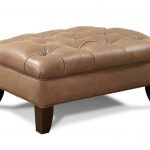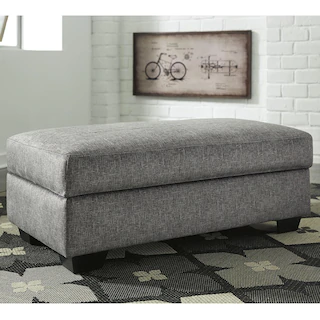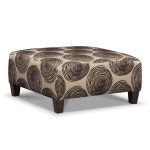Ottoman furniture design is renowned for its elaborate beauty and exquisite craftsmanship. Dating back to the 13th century when the Ottoman Empire ruled over a vast expanse of territory in Europe, Asia, and Africa, Ottoman furniture has evolved over the centuries to become a symbol of luxury and elegance.
One of the defining characteristics of Ottoman furniture design is its intricate detailing and ornate embellishments. Artisans would painstakingly carve intricate patterns and motifs into the wood, often incorporating geometric shapes, floral designs, and calligraphy. These designs were not only aesthetically pleasing but also symbolic, often reflecting the cultural and religious beliefs of the time.
In addition to the elaborate woodcarving, Ottoman furniture also featured luxurious fabrics and materials. Velvet, silk, and brocade were commonly used to upholster chairs, sofas, and cushions, adding a touch of opulence to the pieces. Gold and silver accents were also used to enhance the beauty of the furniture, creating a sense of grandeur and sophistication.
The craftsmanship behind Ottoman furniture design was truly unparalleled. Skilled artisans, known as marangoz, would spend years honing their craft, learning the techniques passed down through generations. These artisans were masters at working with wood, often using traditional hand tools to carve and shape the intricate designs.
One of the most iconic pieces of Ottoman furniture is the divan, a low-slung sofa or couch typically found in the main seating area of a home. The divan was not only a place to relax and socialize but also served as a symbol of wealth and status. Elaborately carved and upholstered, the divan was often the centerpiece of a room, commanding attention with its beauty and craftsmanship.
Today, Ottoman furniture design continues to inspire craftsmen and designers around the world. While traditional techniques are still used to create pieces that pay homage to the rich history of Ottoman design, modern interpretations of Ottoman furniture have also emerged, blending the old with the new to create pieces that are both timeless and contemporary.
In a world where mass-produced furniture reigns supreme, the artistry and craftsmanship behind Ottoman furniture design are a reminder of the beauty that can be achieved through handcrafted techniques and attention to detail. From the intricate woodcarvings to the luxurious fabrics, Ottoman furniture design is a true testament to the skill and talent of its artisans.
 darbylanefurniture.com Interior design ideas with the latest interior inspiration
darbylanefurniture.com Interior design ideas with the latest interior inspiration



















